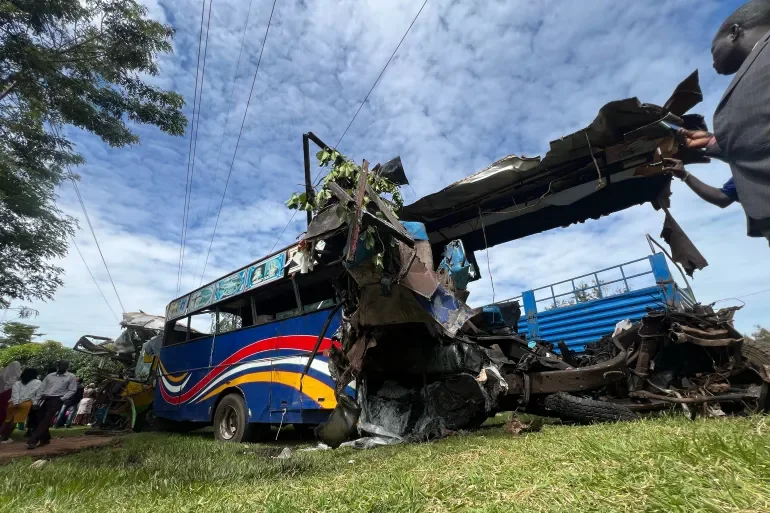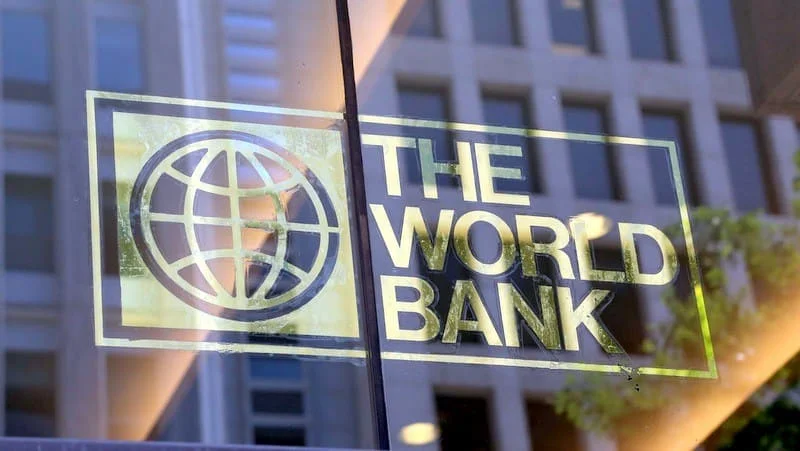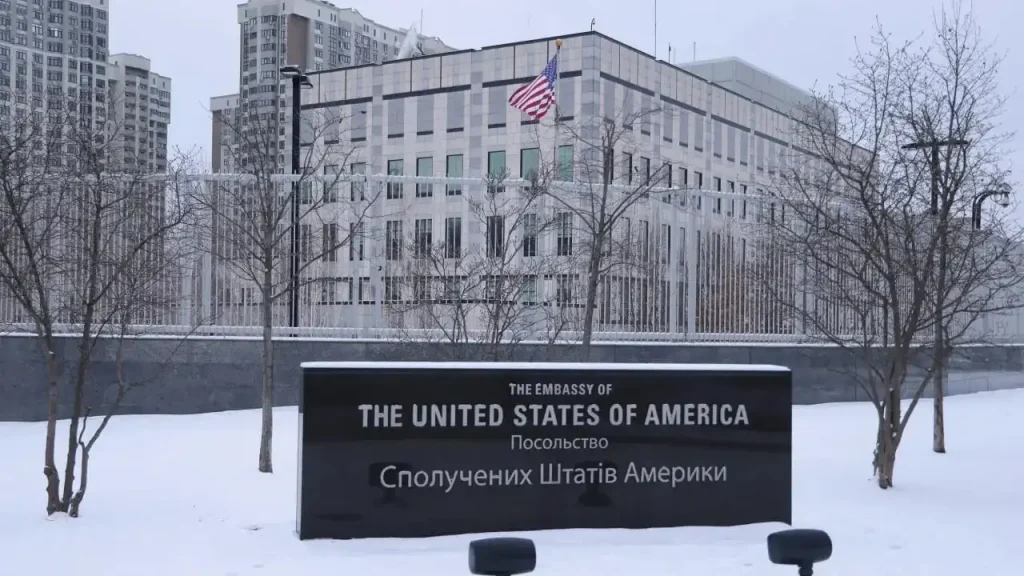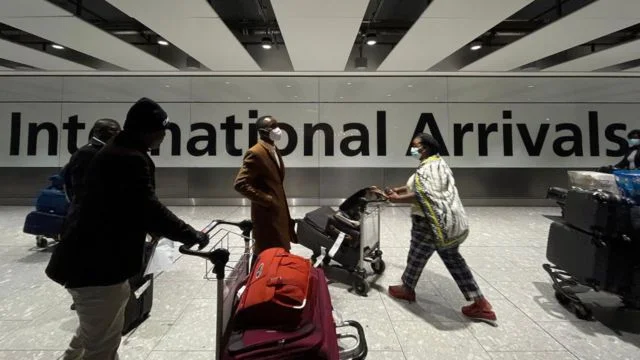In the early hours of October 22, 2025, a catastrophic collision on a Ugandan highway shattered lives. Two buses and two other vehicles smashed into each other near Kiryandongo, along the road to Gulu, leaving 46 people dead and many others injured.
Initially, police reported 63 fatalities, but later confirmed some unconscious victims survived, lowering the toll. The crash, one of Uganda’s deadliest, unfolded when two bus drivers, racing in opposite directions, attempted risky overtakes, smashing head-on in a fiery wreck.
The scene was heart-wrenching, with victims bleeding and broken amid twisted metal. Irene Nakasiita of the Red Cross called it “a tragedy of staggering scale,” noting the horror of mangled limbs and lifeless bodies. The darkness of the midnight crash meant fewer bystanders to help, delaying aid until first responders arrived.
A Recurring Nightmare
Road disasters haunt Uganda and East Africa, where narrow highways and reckless driving claim countless lives. Just months ago, in August 2025, a bus in Kenya carrying mourners flipped into a ditch, killing 25.
Uganda’s 2024 police data recorded 5,144 road deaths, up from 4,806 in 2023 and 4,534 in 2022, a grim upward trend. Speeding and careless overtaking caused nearly half of last year’s crashes, and this latest horror fits the pattern.
Survivors of the Kiryandongo crash are being treated at a nearby government hospital, but the scale of loss has left communities reeling. Police urged drivers to avoid dangerous maneuvers, warning that such recklessness fuels the nation’s road carnage.
A Cry for Change
Joseph Beyanga, a passionate road safety advocate known as Joe Walker, called the crash a brutal wake-up call. “This is anarchy on our roads,” he said, pointing to lax enforcement of traffic rules, especially for heavy vehicles at night.
Poor infrastructure and speeding drivers compound the chaos, he added. Beyanga’s years of campaigning feel like a drop in the bucket against such tragedies. “We’re fighting, but there’s so much more to do,” he said.
Beyanga organizes walks from Kampala to rural areas to raise awareness, drawing hundreds of supporters. His next event, a 60-kilometer memorial trek in November 2025, will honor the thousands killed or injured in crashes over the years, a somber tribute to a growing crisis.
Systemic Failures Exposed
The Kiryandongo disaster lays bare Uganda’s road safety woes. Narrow roads, built for lighter traffic, buckle under the strain of buses and trucks. Nighttime crashes, like this one, often see delayed help due to sparse witnesses.
Enforcement is spotty traffic laws exist but are rarely upheld, especially for heavy vehicles. Police reports pin 44.5% of 2024 crashes on reckless driving, yet change lags.
Hospitals near the crash site are overwhelmed, struggling to treat the injured. The government faces mounting pressure to act, but solutions like better roads, stricter policing, and driver education remain elusive.
A Nation Mourns
This tragedy isn’t just a statistic it’s a gut punch to families and communities. The 46 lives lost demand action, not just words.
As investigations continue, Uganda grapples with how to tame its deadly roads. Beyanga’s upcoming walk will keep the spotlight on this fight, but systemic change is urgent. For now, the nation mourns, hoping this horror sparks the will to save lives tomorrow.
READ MORE: Zimbabwe’s ZANU-PF Seeks to Extend Mnangagwa’s Rule to 2030























